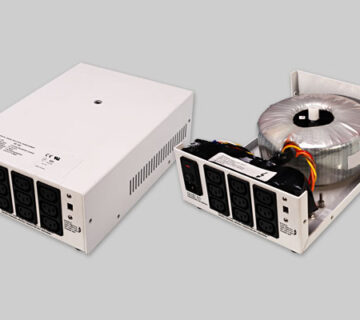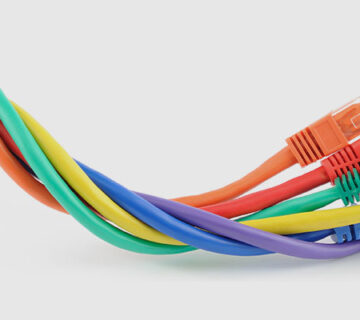To make an equipment work, it requires an entire setup to be put up correctly. This involves manufactured products, wires, cables, PCB controllers, and all other required assorted electrical hardware. Miracle Electronics is the one stop destination when you want one or all of these products. Known as the most reliable transformers, inductors, stabilizers, PCB, box build assembly, and wire harness manufacturer in India, Miracle Electronics has been a favourite for all kinds of medical, aerospace, audio, automotive, and electronics industries across the country. While there are a large number of different products manufactured for each industry, one thing that remains common between all are the wires and cables used to connect different products. Ever wondered how these wires and cables are made, and how these tiny thin elements are responsible for the working of such large parts of systems? Let’s help you know.
Metal to wire
The most basic materials used to make wires are copper and aluminum. Whatever the metal used, the basic process of making a wire is the same. After the ore is refined, the metal is pulled into thick coils called rods, which are processed in large spools, and fed into a series of dies and rollers to stretch them into the final thickness required. To make the wires safe while using, they are covered in a continuous insulating sheath, using various kinds of plastics that can withstand extreme temperatures, pressures, water, chemicals, and climates. Some popular plastics used for this purpose include PE, PU, PVC, and rubber.
Wire to cable
Although wires and cables are terms that are used interchangeably, they actually aren’t the same. A wire is a single solid strand, while a cable consists of multiple strands of wires bundled together. Multiple similar wires are thus bundled together to form a cable, of the type and size required for power transmission and telecommunication. The cables could be shielded, using an additional outer layer of conductor, separated from the inner core by an insulating layer. This arrangement helps prevent the cables against electromagnetic radiation in the environment to interfere with the transmission.
Cables teamed with connectors
Now, the product for power transmission is ready, but it can’t do anything on its own, unless it is connected to an element that can help it to perform its function; and this element is the connector. Connectors use a metal terminal that is soldered or crimped to a conductor; the entire setup placed in a plastic shell to protect it from the outside environment. The type, size, and shape of the connector differ with every kind of device or purpose.
A complete wire harness
Finally, when all the multiple wires and connectors are together put into a dedicated bundle, the bundle is then known as a wire harness. These wire harnesses are generally customized for every unique application for safe and effective functioning.
Now that you know how a metal is converted to a wire to become a complete wire harness setup, the next time you are looking for such products, you need to take into account every aspect of the functioning and purpose of the end product. Where you want to use the wires, what the environment will be, how much space you have, and every other facet must be considered thoroughly to come up with a wire harness that can bring maximum performance! So, be absolutely clear in your mind with all your requirements before contacting a wire harness manufacturer in India.




